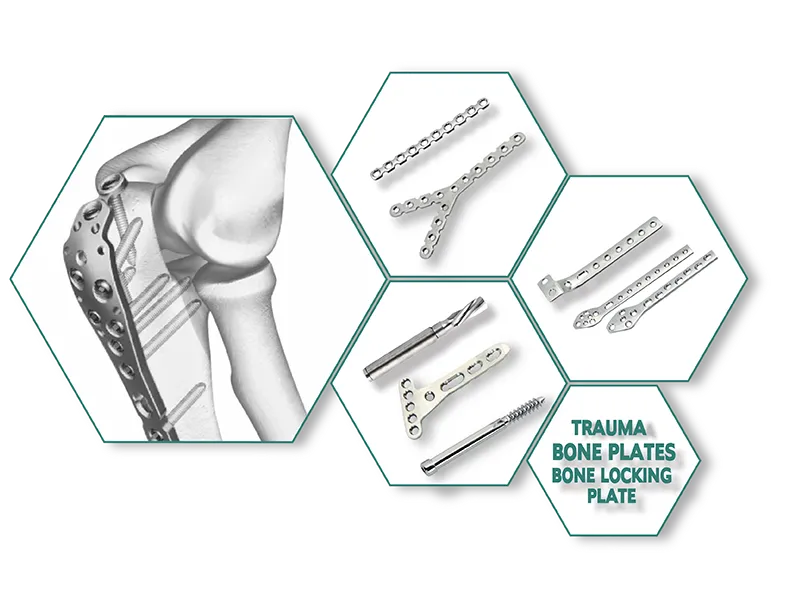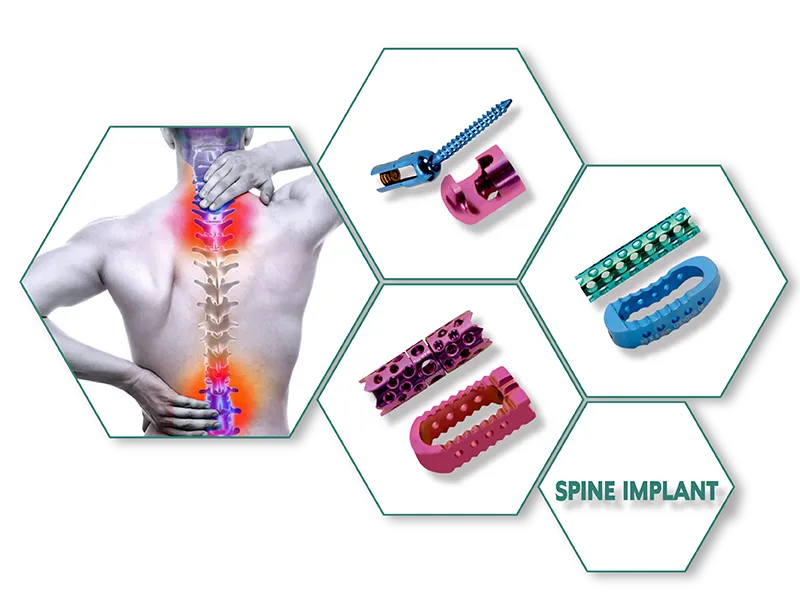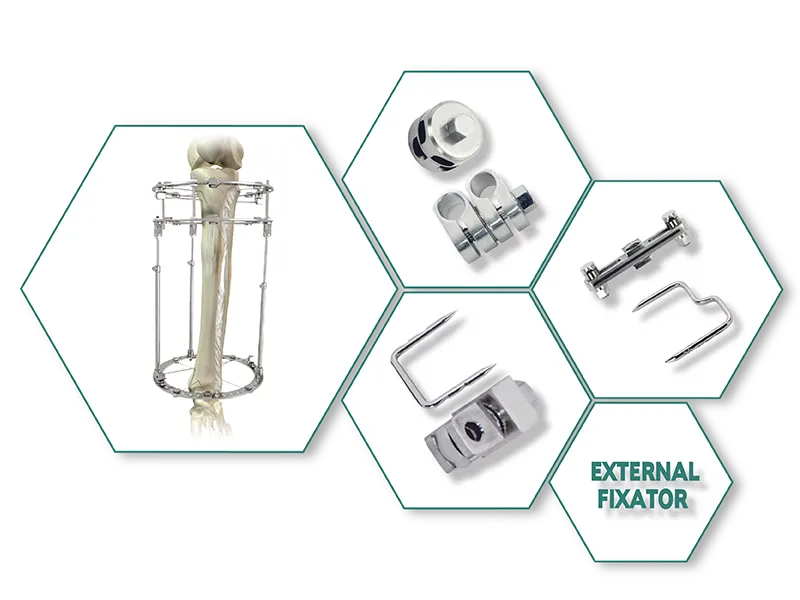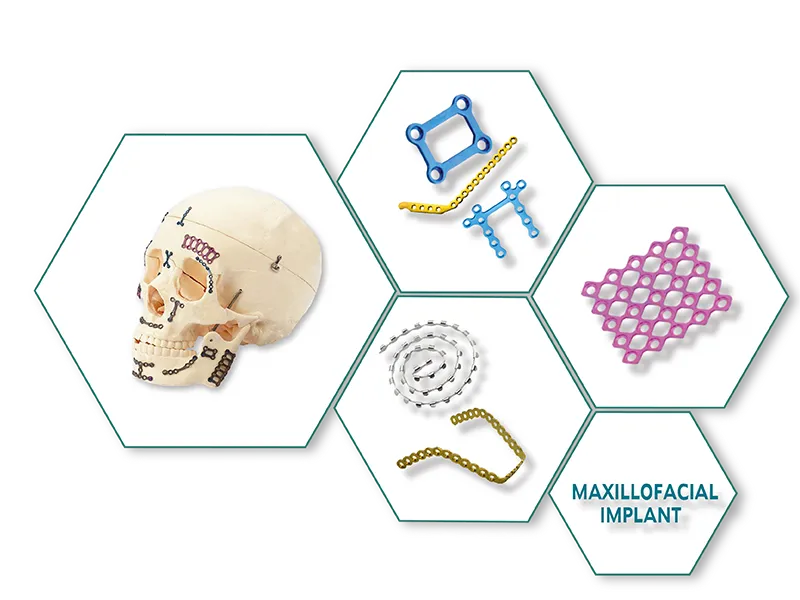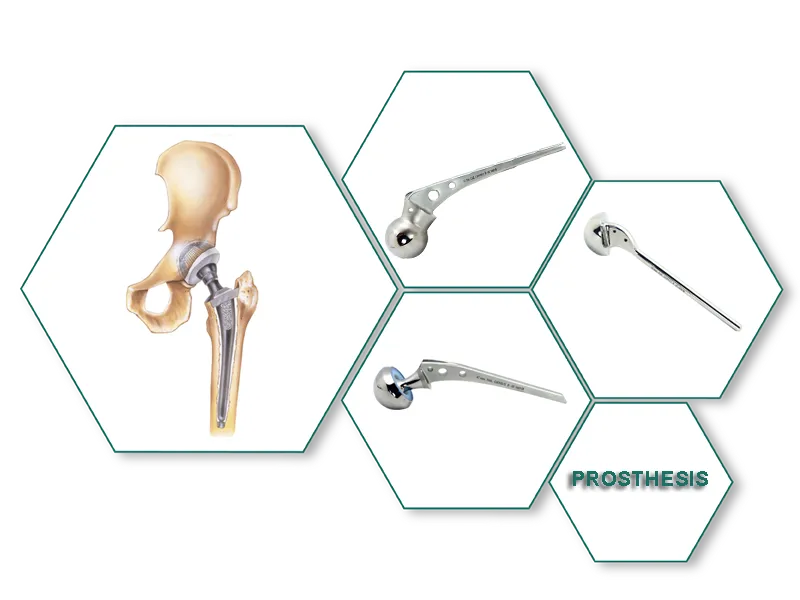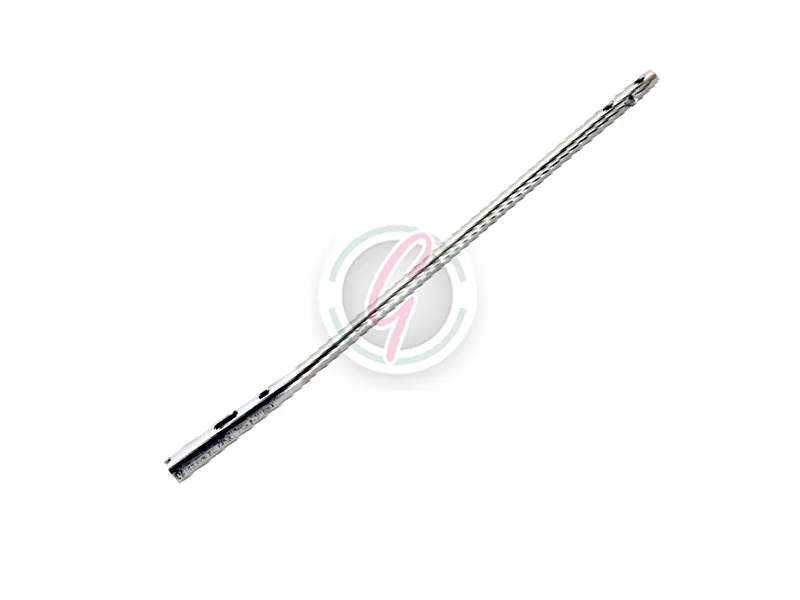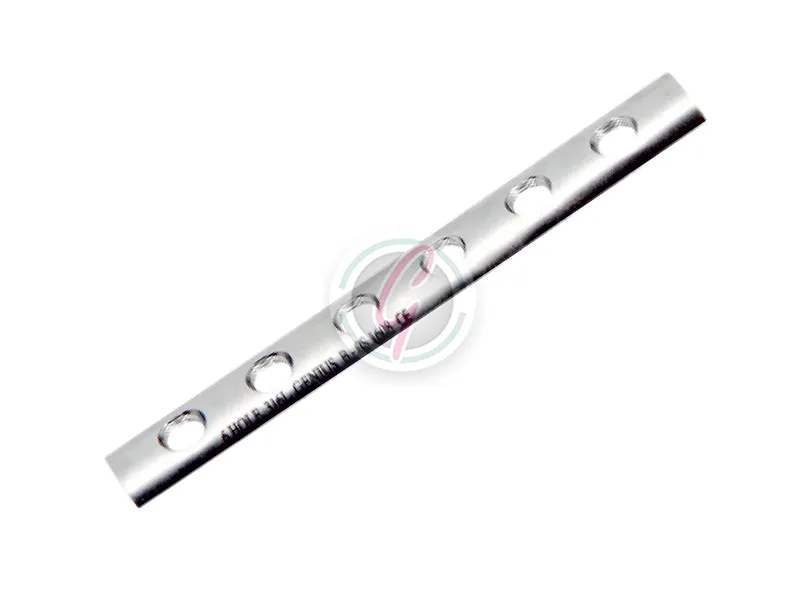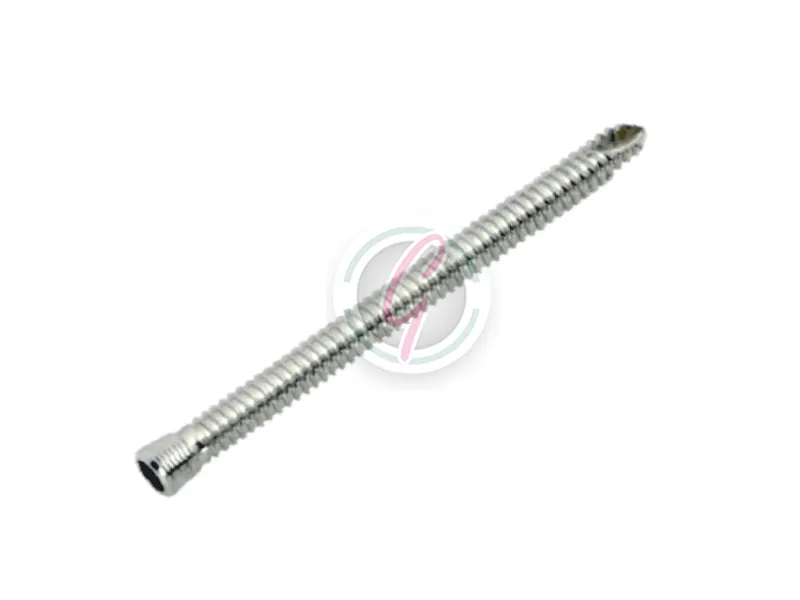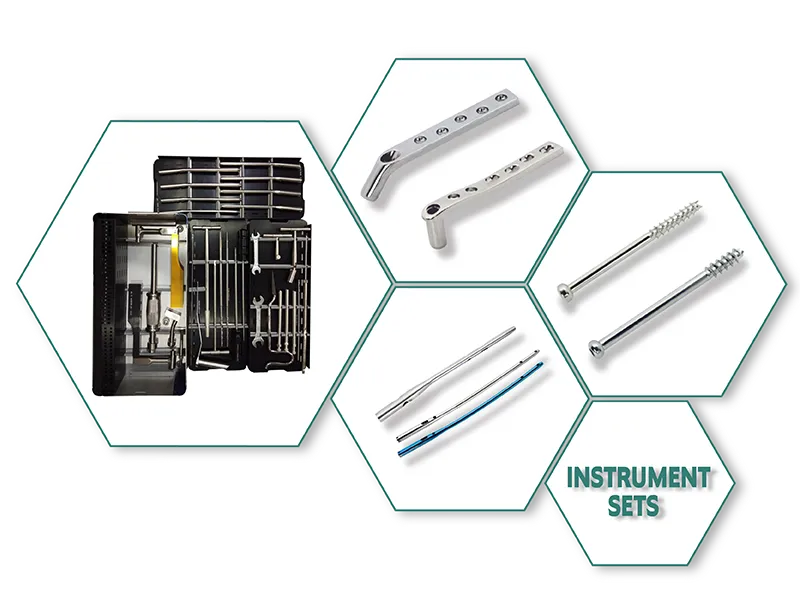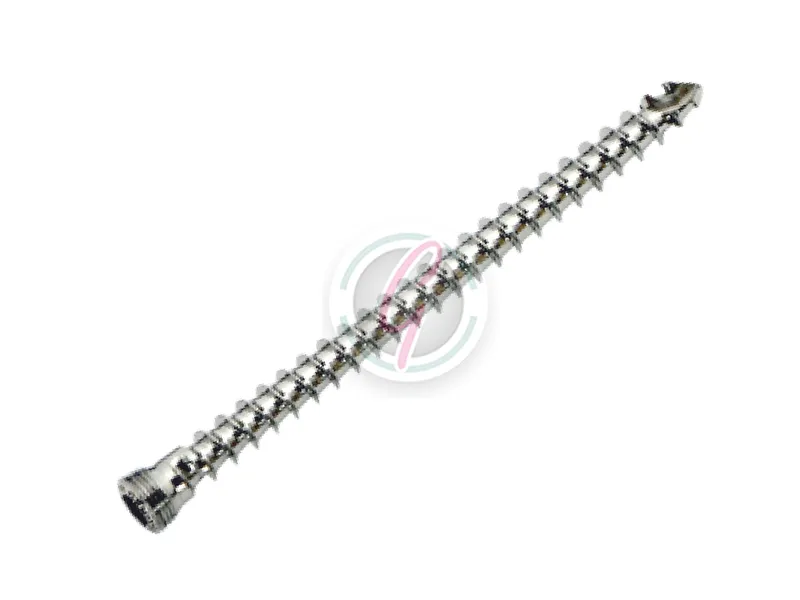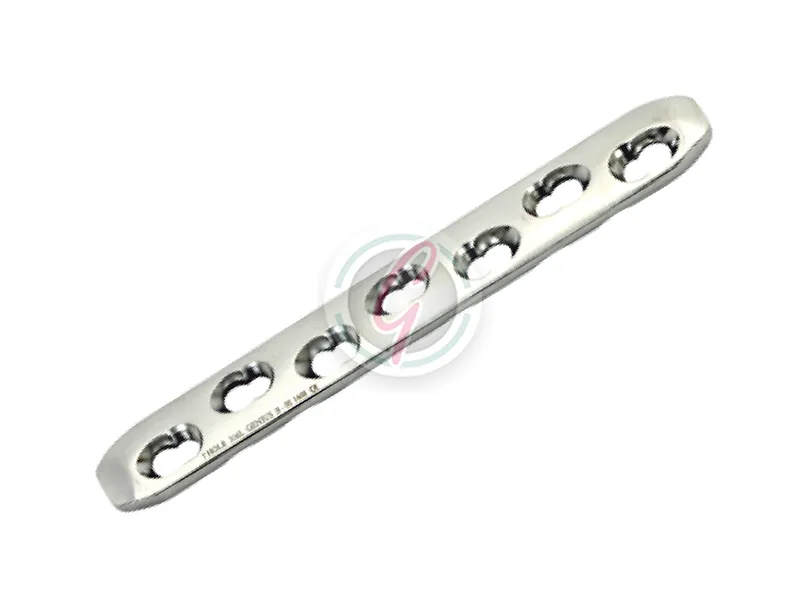‘ T ‘ Buttress Locking Plate Exporter

‘ T ‘ Buttress Locking Plate Manufacturer
Category:Trauma Implants
A buttress locking plate is a type of orthopedic implant used in fracture fixation surgeries. It is a plate that is fixed to the bone with screws to provide additional support and stability to the fractured bone. The unique design of the plate includes a buttress, which acts as a reinforcement for the bone, and locking screws, which provide a more secure and stable fixation. This type of plate is commonly used in fractures involving the joint surface or where there is a risk of collapse or displacement of the bone fragments. The use of a buttress locking plate can help promote faster healing and reduce the risk of complications associated with the fracture.
Description
| S.1511.4 | 4hole | T.2216.4 |
| S.1511.5 | 5hole | T.2216.5 |
| S.1511.6 | 6hole | T.2216.6 |
| S.1511.7 | 7hole | T.2216.7 |
| S.1511.8 | 8hole | T.2216.8 |
| S.1511.9 | 9hole | T.2216.9 |
| S.1511.10 | 10hole | T.2216.10 |
| S.1511.11 | 11hole | T.2216.11 |
| S.1511.12 | 12hole | T.2216.12 |

Inquiry Now
ABOUT US
Genius Ortho Private Limited
Genius Ortho Private Limited was found in 2008 by a group of entrepreneurs after having a decade of experience in the field of orthopaedic implants manufacturing. Genius Ortho Private Limited now is the leading company in India specialize in the Orthopaedics Industry. Genius Ortho Private Limited will always achieve this position by professional pursuing excellence and by dedicating ourselves in improving the quality and serving all our customers.
All implants are exclusively made of Stainless Steel 316L, LVM & Titanium Grade V Ti-6Al-4v-ELI.
Our products of Orthopaedic implants and instruments are not only qualified with the certification of FDA, CE, GMP regulations, but also compliant with ISO Quality Assurance Standards.

